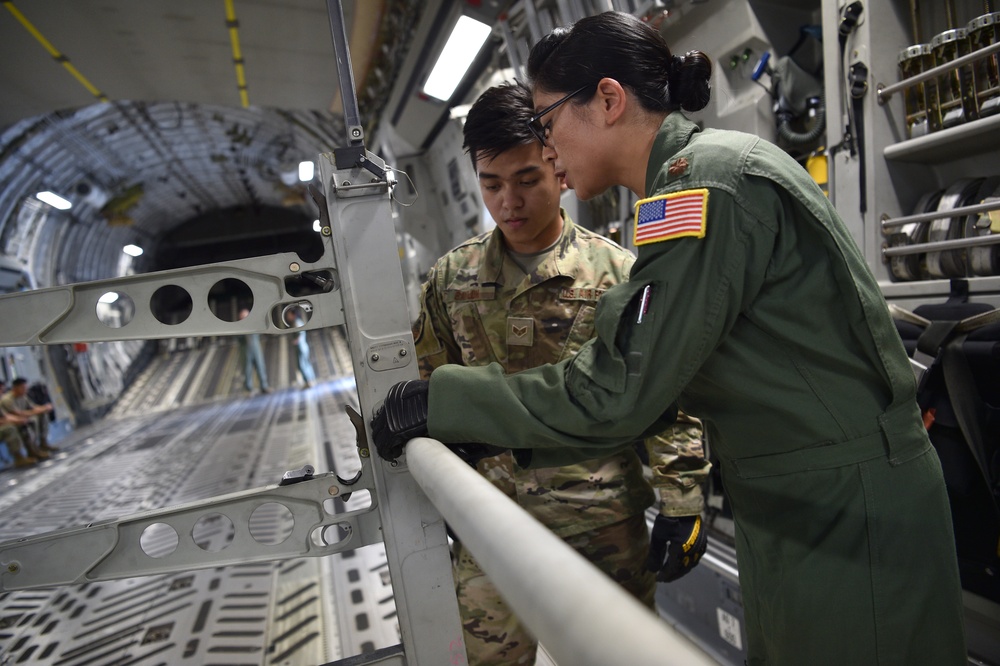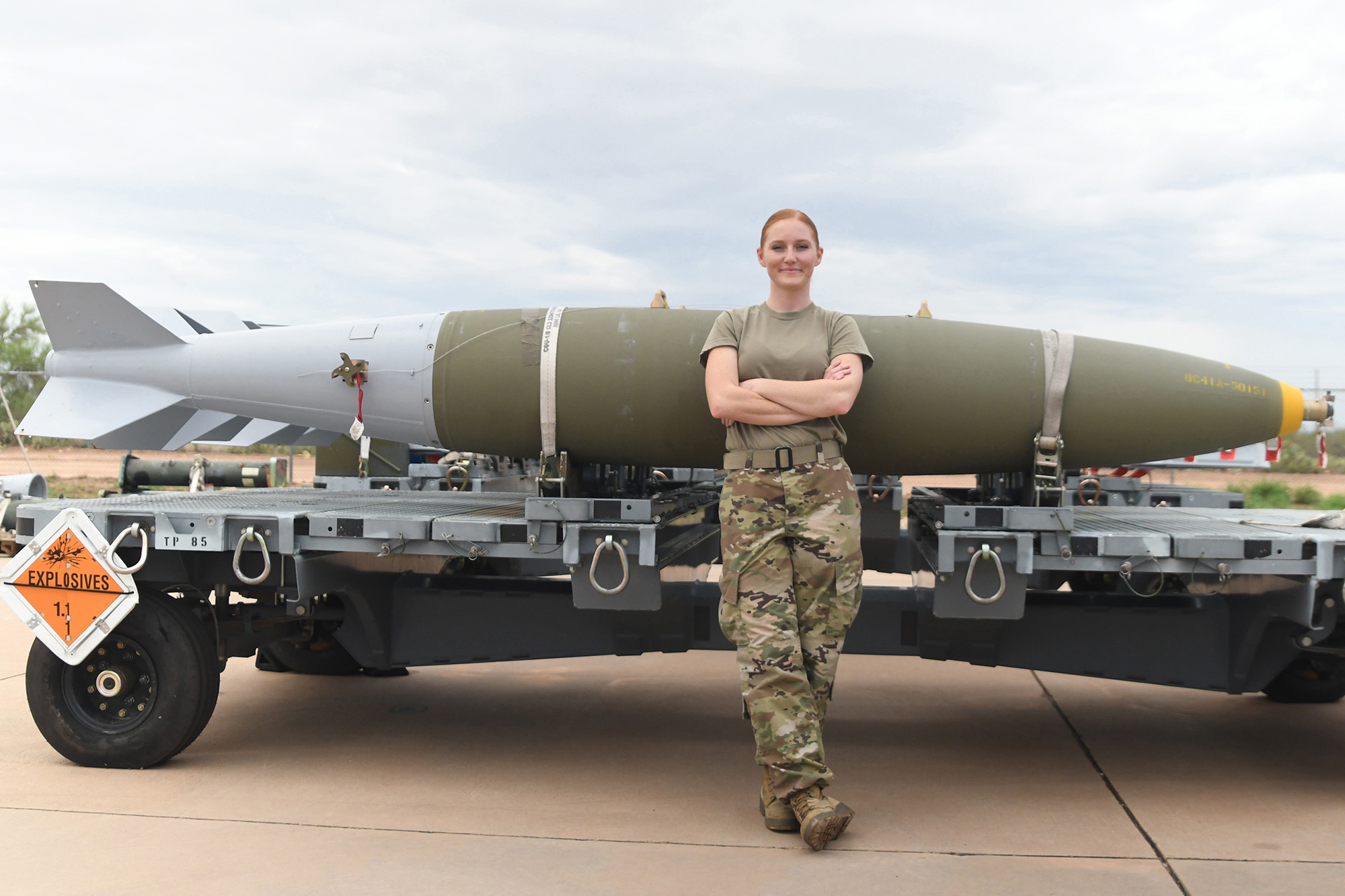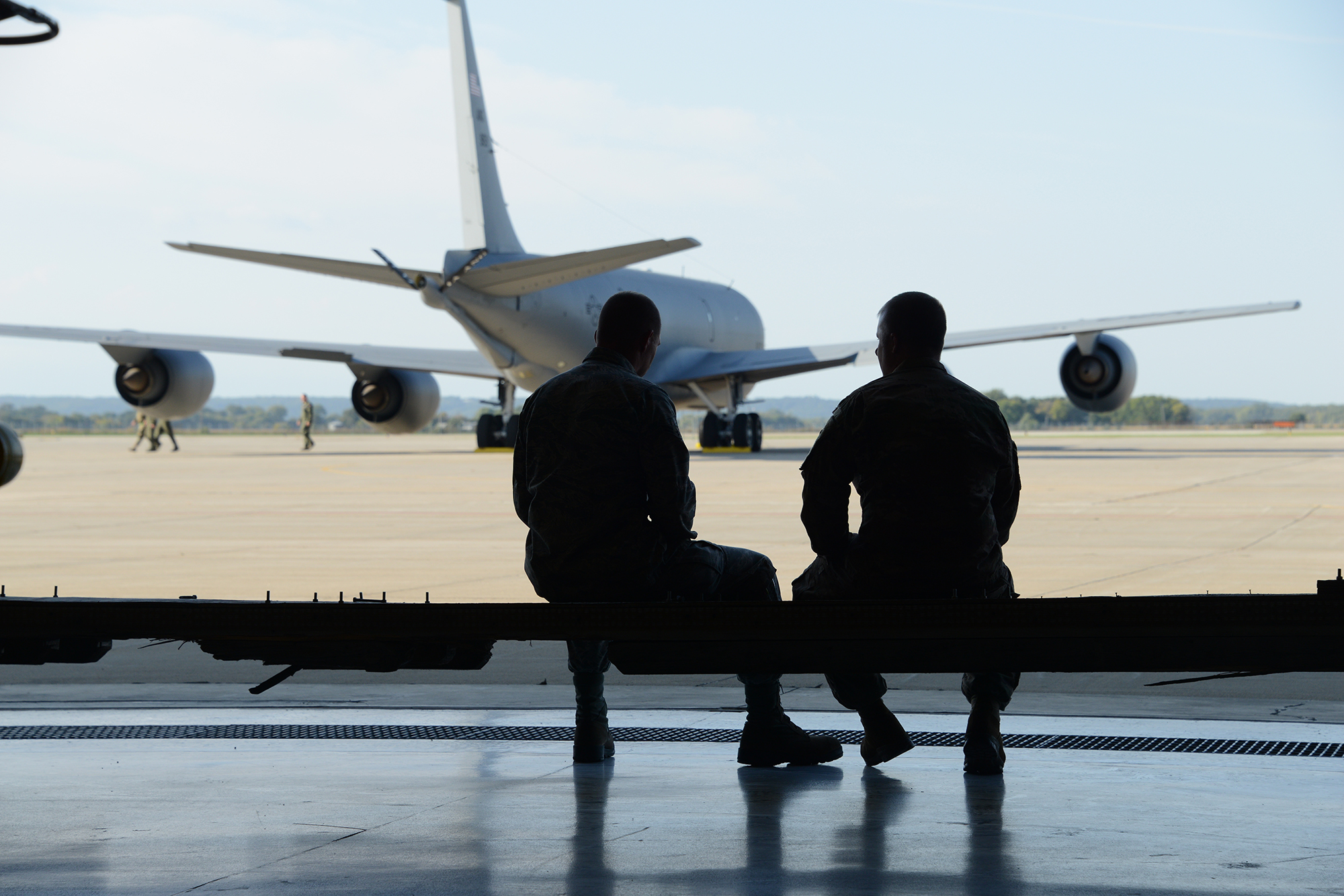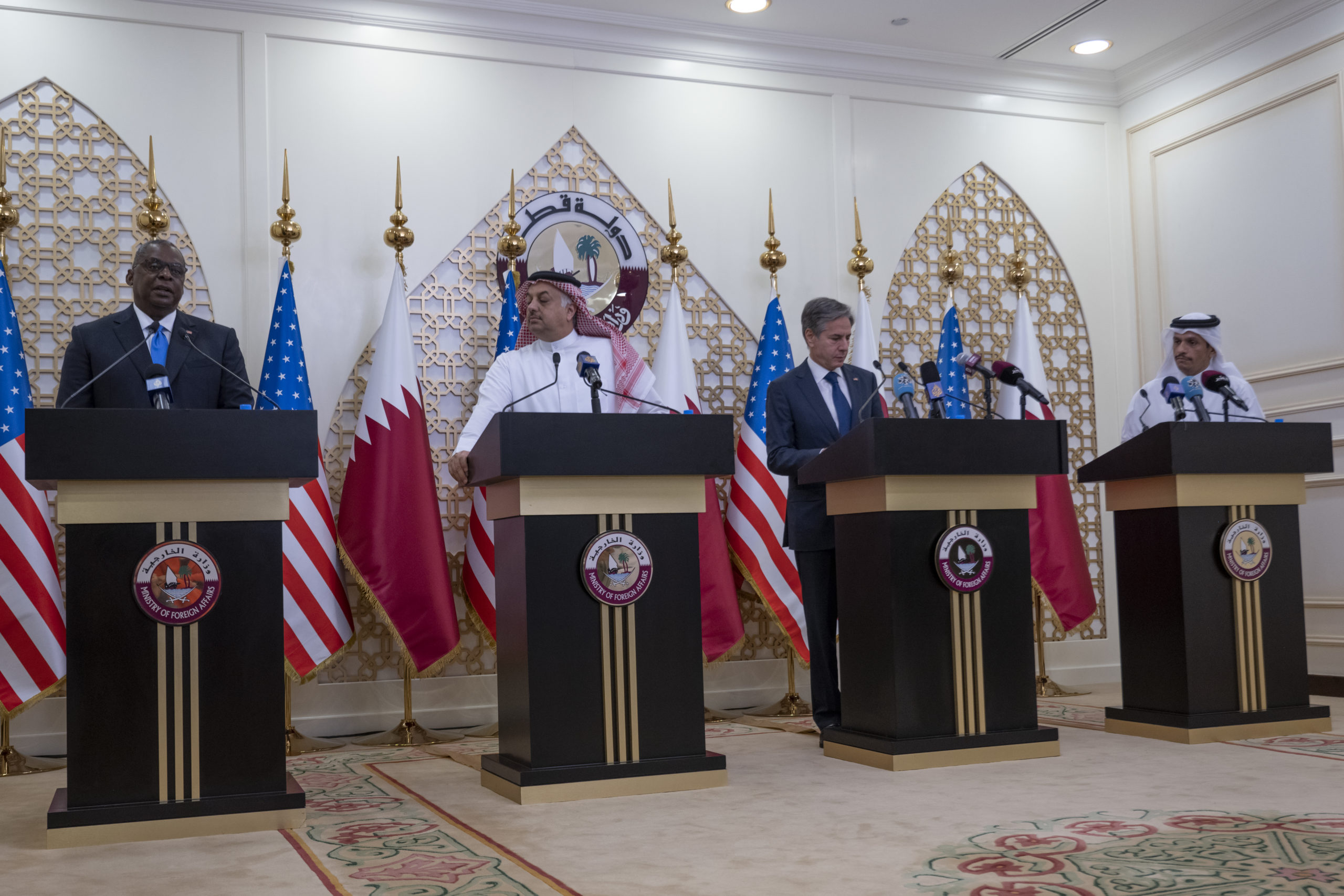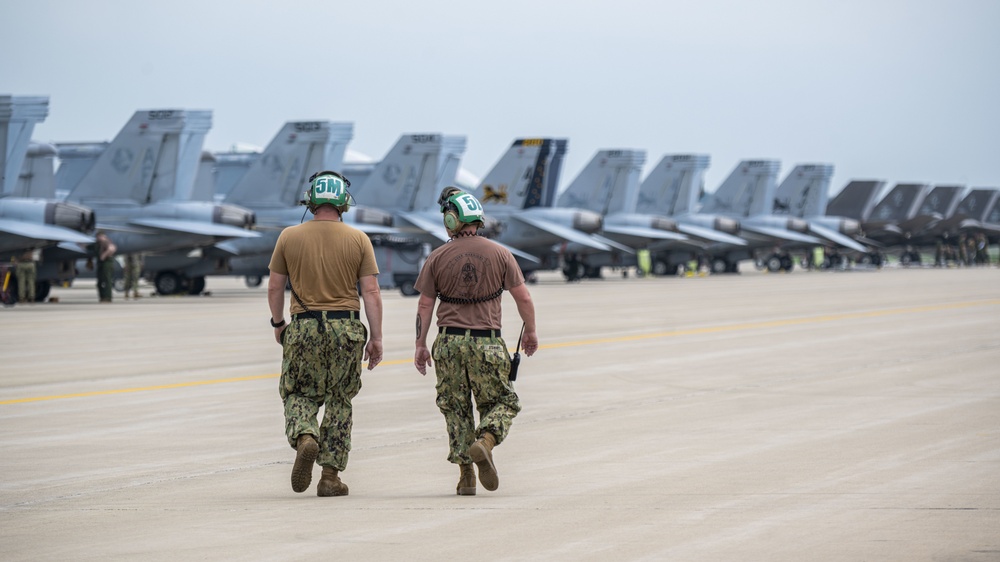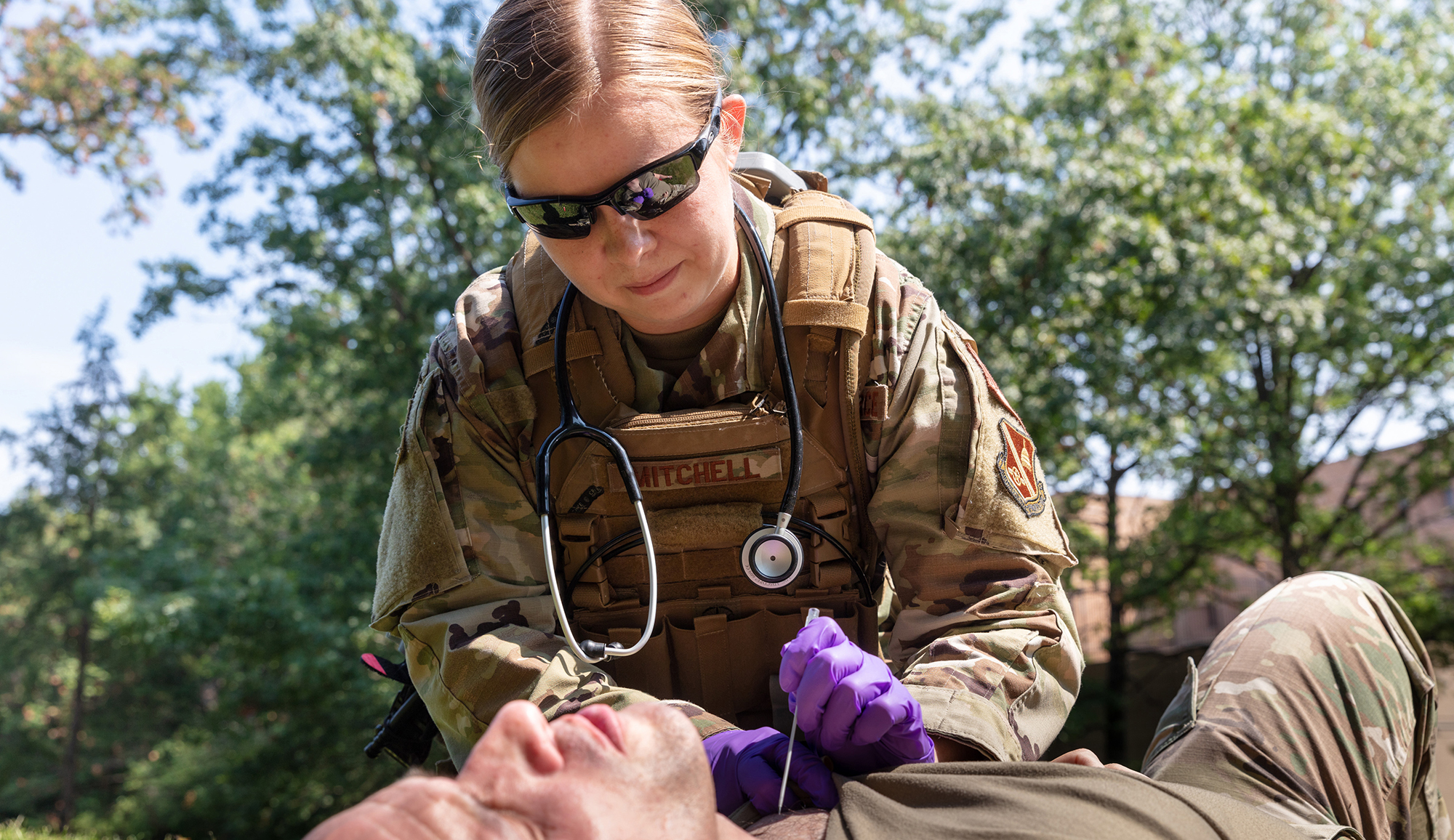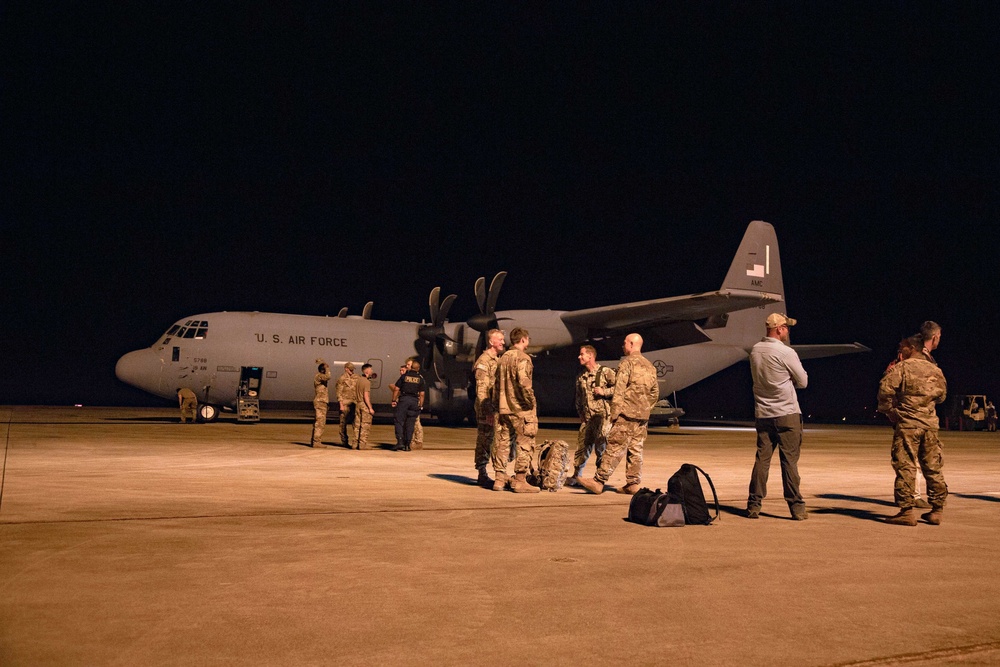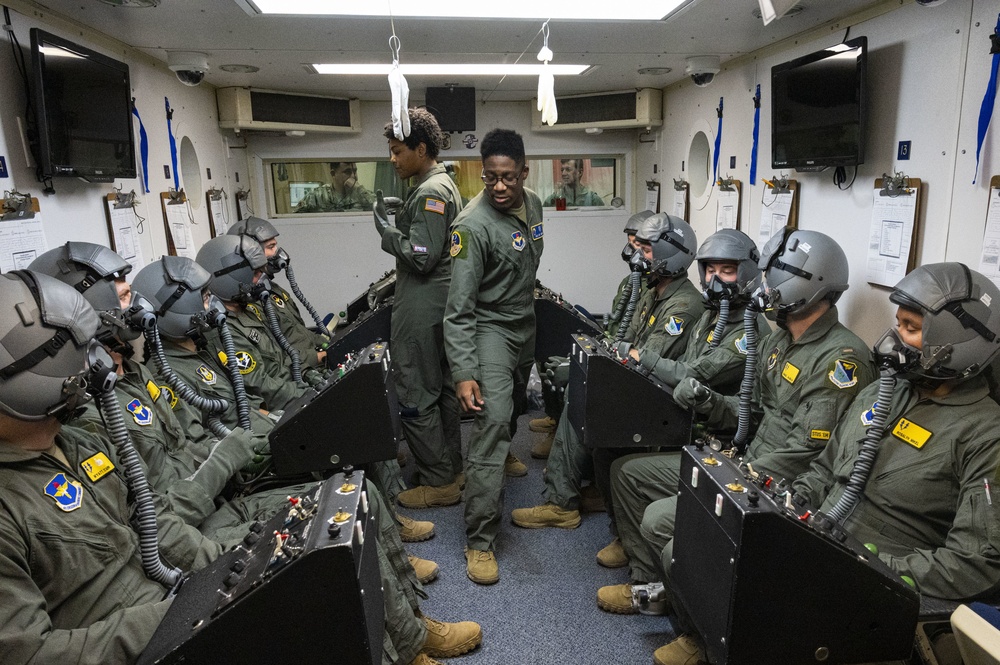Less than 10 months after the Air Force Inspector General released an Independent Racial Disparity Review detailing numerous disparities facing Black Airmen, a second review recorded still more disparities facing other racial and ethnic minorities, as well as women, in the Air and Space Forces.
Released Sept. 9, the 208-page report details disparities in recruitment, retention, and promotions among women, Asian Americans, Native Americans, Latinos, and Pacific Islanders when compared to white men. On top of that, one in every three female service members said they had experienced sexual harassment during their careers.
The report “basically points out very clearly, and I think very convincingly, that there are a lot of disparities within the Air Force, in a number of facets of the Air Force experience,” Air Force Secretary Frank Kendall told reporters in a briefing.
While not every racial and ethnic minority faces the same disparities across all areas, a common theme in the report was a lack of minorities and women in leadership roles. In particular, those groups are especially underrepresented in the operations field.
“Our operations people reflect on an enormous amount of disparity,” Kendall said. “And being part of that segment of the Air Force has a lot to do with all the other aspects of how your career works out. And we definitely need to address that.”
Just as the initial Independent Racial Disparity Review found that Black Airmen and Guardians were underrepresented in promotions to the ranks of E-5 through E-7 and O-4 through O-6, the second study found that:
- Latinos are underrepresented in promotion to E-5, E-6, E-9, and O-4 through O-6
- Asian Americans are underrepresented from E-7 through E-9 and O-4 through O-6
- Native Americans are underrepresented from E-5 through E-8 and O-4 through O-6
- Pacific Islanders are underrepresented in E-5, E-8, and E-9.
The operations field is the least diverse specialty code in terms of race, ethnicity, gender. And within that career field, the pilot speciality is the least diverse of them all. Just 14 percent of Air Force pilots are racial or ethnic minorities, with no one racial or ethnic minority overrepresented in the field. Women make up just 7.7 percent of pilots, despite making up more than 20 percent of officers and of the overall force.
That specific disparity carries an added impact, said Lt. Gen. Sami D. Said, the Air Force’s Inspector General.
“If you’re a pilot, you have a much better chance of reaching higher ranks, getting command opportunities,” Said said. “There’s a lot of our organizations [that] are by nature operational, so you have more opportunities to compete for them, so it makes you more competitive to get promoted. So it builds on itself.”
Indeed, the report found that all racial and ethnic minorities besides those who identify as multi-racial were underrepresented as wing commanders and as general officers—more than 90 percent of Active-duty Air Force, Air Force Reserve, and Air National Guard general officers are white.
Besides promotion, there were other disparities noted. Latino service members were 33 percent more likely to have been subjects of Air Force criminal investigations. Native Americans, based off Rates Per Thousand analysis, were more likely to face court martial, be administratively discharged, or to separate prior to 10 years of service, though Said did caution that because Native Americans make up the smallest minority in the service, sample sizes were especially small and it can be hard to draw any “convincing conclusions” from the data.
However, the report did note there appeared to be less of a disparity among all minority groups when it came to disciplinary action.
Asian Americans, meanwhile, were significantly underrepresented in both enlisted and officer accessions, highlighting a larger issue, Said said.
“The answer is absolutely yes,” said Said when asked if the department has an issue recruiting a diverse force. “The problem starts with accessions. And that’s where the ball starts rolling, where we start building disparity. Because if you’re not gaining a percentage of the population that’s reflective of the broader population, you start with the problem.”
There are also issues, Said said, with perception. The first review found that many Black Airmen do not trust the chain of command to handle instances of racial discrimination nor believe they will be given the same opportunities or the benefit of the doubt. The second review found similar sentiments among other ethnic and racial minorities, though to a lesser extent.
Many women, meanwhile, expressed skepticism at the idea that they receive equal treatment to their male counterparts. Nearly half of female Airmen and Guardians surveyed said they “face challenges or barriers that constrain their ability to perform their duties, which male peers do not face” and that “maintaining work/life balance and taking care of family commitments adversely impacts” their careers more than men’s. On top of that, 45 percent said they have to work harder at their job than men to prove their competence.
More than a quarter of female troops also said they have experienced sex-based discrimination, with a third saying they have witnessed or experienced sexual harassment. Female officers reported the highest rates in response to both questions.
Said and Kendall both noted that the report merely serves to record disparities, not identify or address the root causes of them. In contrast, a second report also released Sept. 9 as a follow-up to the Independent Racial Disparity Review recorded the Air Force’s progress in addressing the issues facing Black Airmen identified in the initial review.
“It essentially assembles a report on the actions that have been taken in response to that report. And the bottom line there for me is that we have made some progress, but we still have a lot of work to do,” said Kendall.
The initial review identified 16 disparities that the service is now working to address through root-cause analysis and implementing meaningful change. But the executive summary of the follow-up report notes that “it is unreasonable to expect to see substantive results in six months.”
Still, because that first review is further along in the process than the broader second one, Said said, there is an opportunity to speed up the process. Already, he said, leaders have noted similarities in the findings of the two reviews.
“A common theme … in the words of the Guardians and Airmen, is a lack of people that look like us, that can mentor us and advise us,” Said said. “There are many areas of overlap between the two, and we picked up on those … It’s going to make ongoing cause analysis applicable to this effort, rather than start from scratch.”
